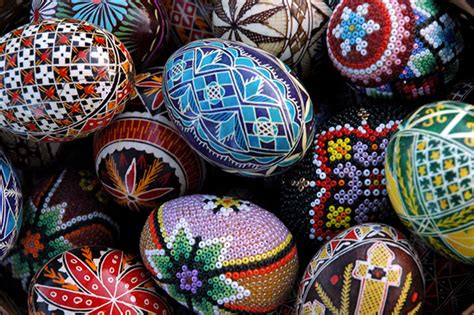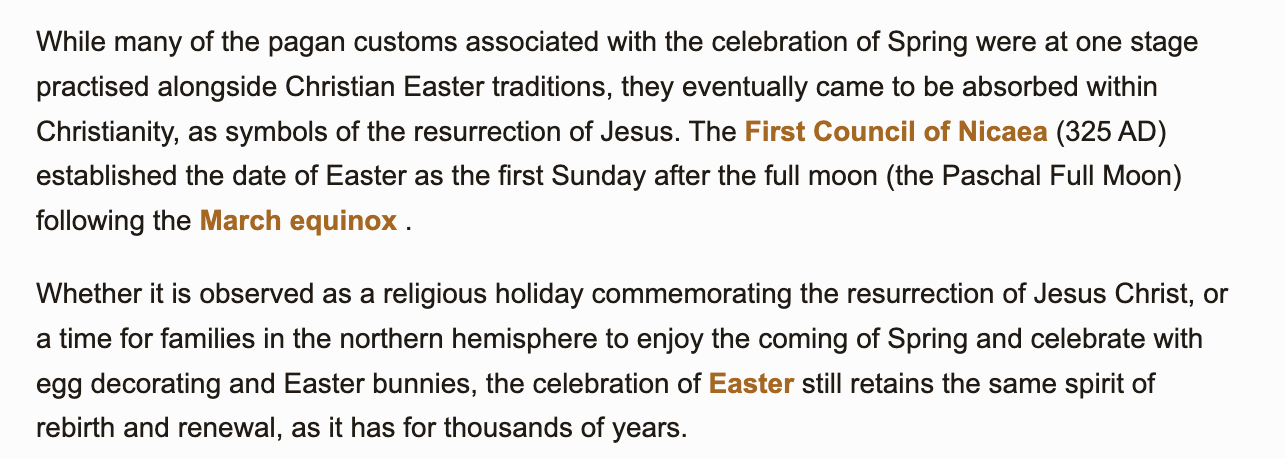Did you ever wonder about the word “easter,” and alternative spelling, “oester,” connected to “oestrus,” or “estrus,” the time when a mammal is about to ovulate, is fertile, and seeks to mate?
The one female mammal who is not so tied to this phenomenon of what we call “being in heat,” is the human, whose sexual activity can occur at any point in her cycle, if she so desires, and either decides or is forced. This is where “free will,” a specifically human mammalian “trait,” enters the picture for both sexes and complicates the situation immensely. In the “modern age,” especially, civilization-dissolving, biology-defying features trace back to “the pill,” to “free love” of the ’60s, to the increasingly obvious and even, in some circles, celebrated, practices of pedophilia, bestiality, satanic ritual abuse and murder, blatantly devious sexuality, and hormonal and surgical attempts to overturn the natural order. To defy God. To play God. To become gods, says WEF puppet and Klaus Schwab advisor, the upstart Yuval Harari.
This outrage is called hubris, and it is terminal.
We may live in the increasingly trans-mogrified early 21st century, but our very DNA remembers, re-members, puts itself back together again, with generation upon generation before us, stretching to the dawn of the human story of two sexes, forever veiled in Mystery, their current deeply troubled relationship that is meant, ultimately, to ensure the future, and may now result in extinction.
No wonder the annual, spring-seasonal, drawn-out tradition of Lent, the 40-day fast leading up to Easter, feels so profound, especially this year. So even necessary, and certainly utterly natural, derived from Nature, her unceasing, repeating natural, primal, Plutonian cycles of conception, birth, growth, maturity, decay, and death that tell an archetypal story, with numerous variations. Underneath them all, over and over again, the cycle of life continues, as long as we all-too-human beings shall live and move and have our being on this small, wondrous, beautifully alive, conscious, and deeply wise planet we call “Earth.”
Here’s a post that collects many of these archetypal variations on the unitary phenomenon of life/death/rebirth. And remember, the word “pagan,” prior to the “Holy Inquisition” that began in the late 13th century, simply referred to a “country person,” one who was intimately connected with nature. The inquisitors traveled to villages, looking for “witches,” a word which originally referred to a woman who was “alive, strong.” Both “pagan” and “witch,” not to mention “crone” were, and remain, deeply tainted, even vilified, in the collective unconscious, likely beginning then, in the Middle Ages, thanks to the Roman Catholic church.
The Ancient Pagan Origins of Easter
Excerpt:
Though I no longer live as a “practicing Catholic,” I remain deeply, biologically, genetically, inspired by the annual renewal of life as symbolized by the deeply running archetypal tradition of Easter.




